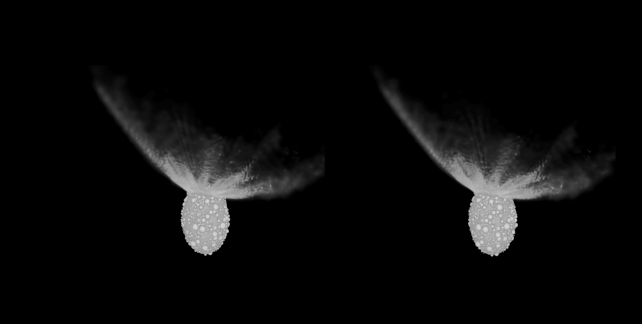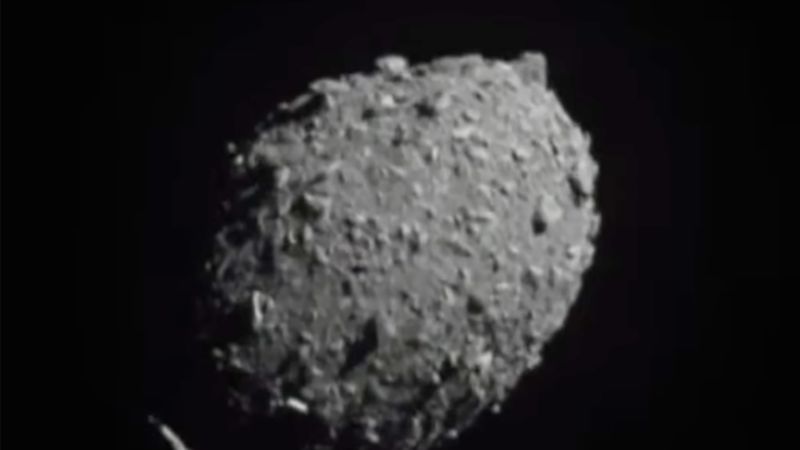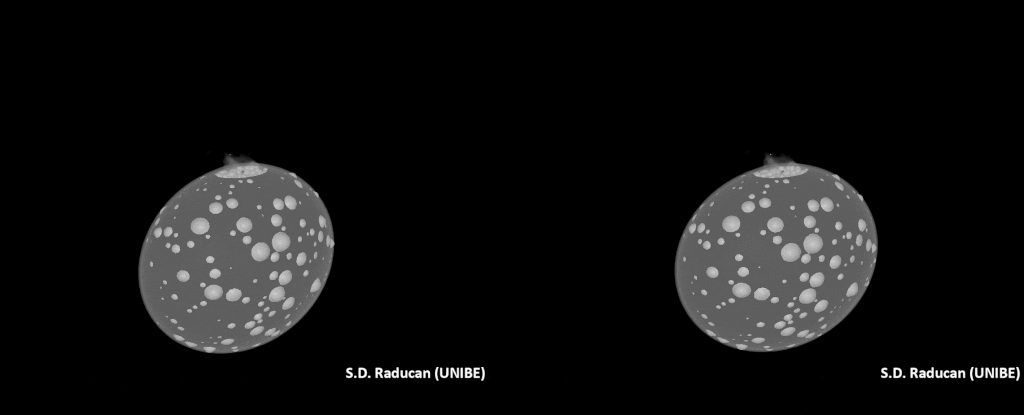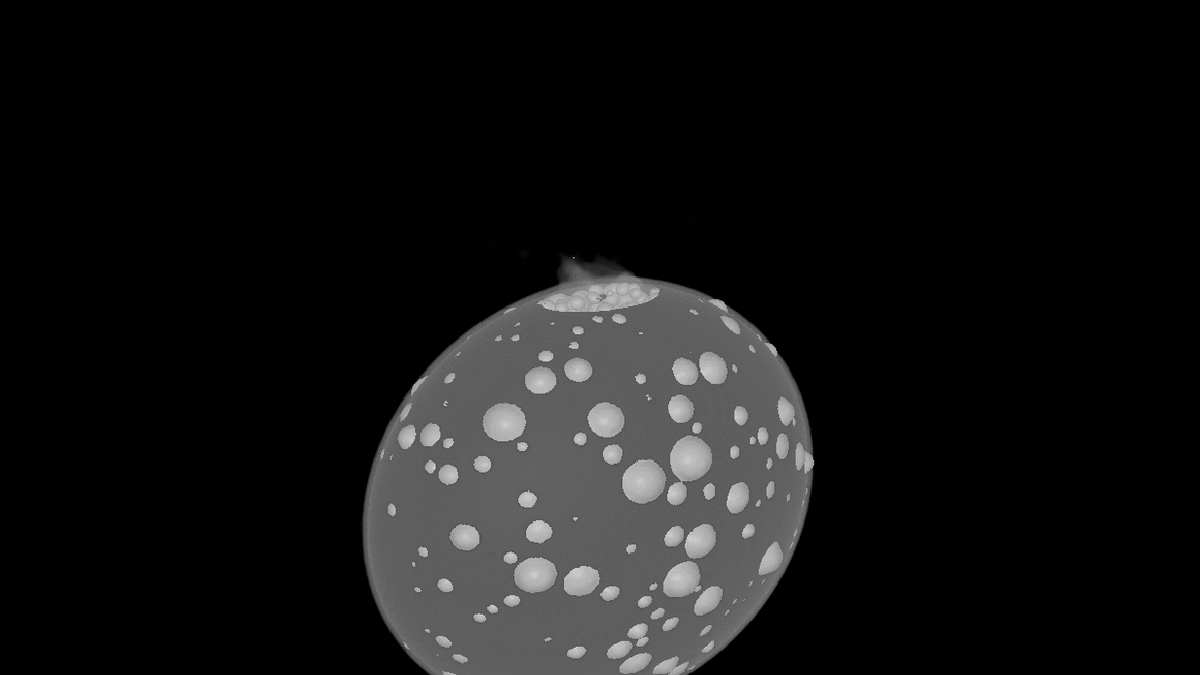
A new study has revealed that the impact of NASA's DART spacecraft on the asteroid Dimorphos may have caused global deformation to the space rock. The Double Asteroid Redirection Test (DART) mission, which intentionally slammed into Dimorphos in September 2022, aimed to test planetary defense technology and see whether a kinetic impact would be enough to alter an asteroid's trajectory.
The DART spacecraft successfully altered the orbit of asteroid Dimorphos by shrinking it by 33 minutes, surpassing the minimum threshold of 73 seconds. However, new research suggests that the impact may have caused significant changes to the shape of the asteroid.
Dimorphos is a moonlet asteroid that orbits a larger parent asteroid known as Didymos. It is made up of loosely held material and has a low density, making it more susceptible to deformation upon impact. The DART mission was designed to test the effectiveness of kinetic impacts as a method for deflecting asteroids that pose a threat to Earth.
The study, published in Nature Astronomy, used simulations consistent with the observed results of the DART project and estimated Dimorphos' cohesive strength to be less than a few pascals. This is similar to other rubble-pile asteroids such as Ryugu and Bennu.
Dimorphos is slightly denser than Ryugu and Bennu, with a density around 2.4 grams per cubic centimeter. The team's calculations suggest that the impact of DART led to significant reshaping and resurfacing of the asteroid Dimorphos.
The European Space Agency (ESA) is planning a follow-up mission called Hera to study changes made to Dimorphos following its encounter with DART. The name Dimorphos means 'having two forms' in Greek, representing the past and present orbit of the object.




